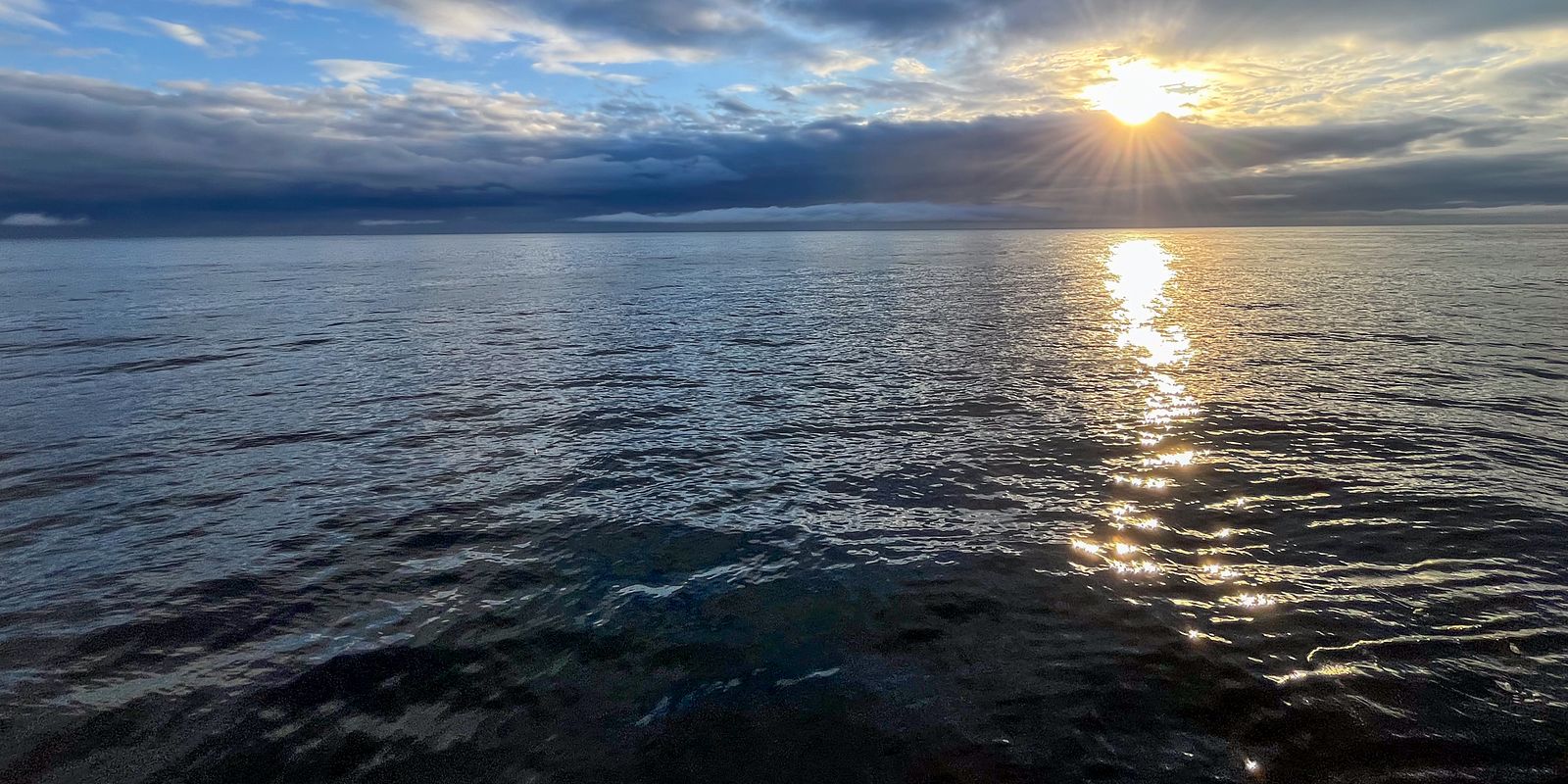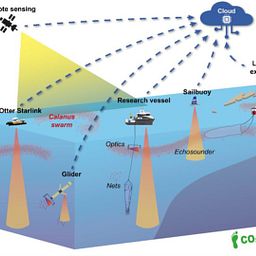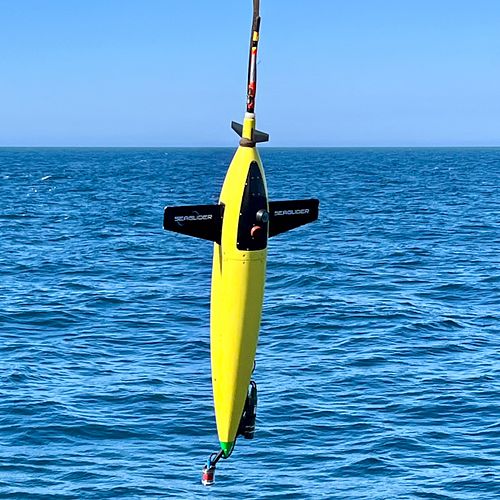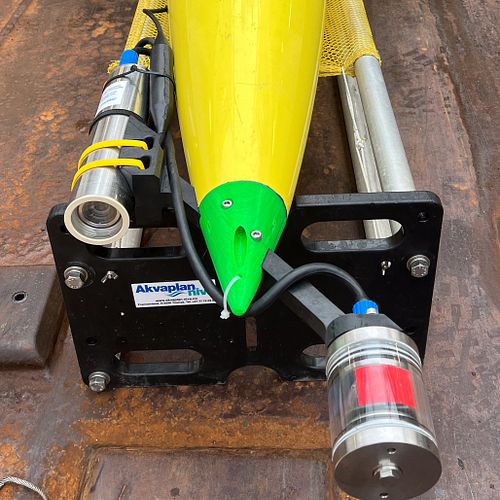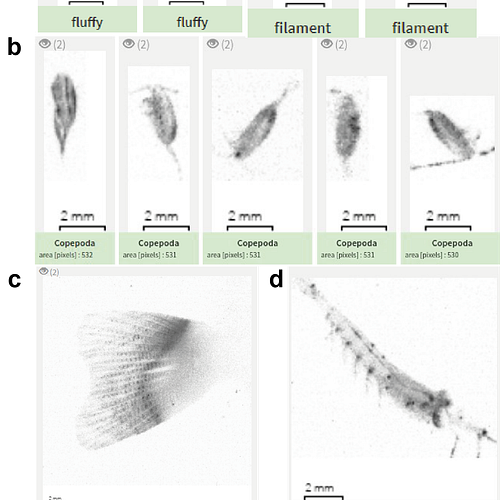3 July 2024 news
Zooplankton are central components of marine food webs, being both prey and predators and modulating biogeochemical cycles, including carbon transport from the ocean's surface down to the deep sea. It is thus critical to gather knowledge on their distribution, species composition, and behaviour. Now scientists take autonomous vehicles equipped with advanced sensors into use for more effective data collection.
Traditional zooplankton sampling methods, like nets, only provide coarse resolution of the vertical (tens to hundreds of meters) and spatial distribution of those animals and may damage some of the most fragile species, e.g., jellyfish. Other instruments, using optics and acoustics, provide an alternative to nets for scrutinizing the zooplankton's fine-scale spatial and biomass distribution in the ocean. The recent advancements in miniaturization and optimization of optical and acoustic sensors now allow their integration into small autonomous vehicles like underwater gliders.
Within the EU funded BIOGLIDER project we modified an autonomous underwater glider which is traditionally used for physical oceanography surveys to include novel biological sensors capable of observing zooplankton and fish. We installed an optical zooplankton camera, the Underwater Vision Profiler 6 (UVP6, Hydroptic) and a scientific echosounder, the Wide Band Transceiver Mini (Kongsberg Discovery), into two types of gliders, a Seaglider M1 (University of Washington) and a Slocum G3 (Teledyne). The UVP6 installed in the nose of the glider quantified the distribution, abundance, size, and taxa of zooplankton and particles in a small volume, whereas the downward facing echosounder ensonified a much larger volume of water detecting both zooplankton and larger organisms, like fish.
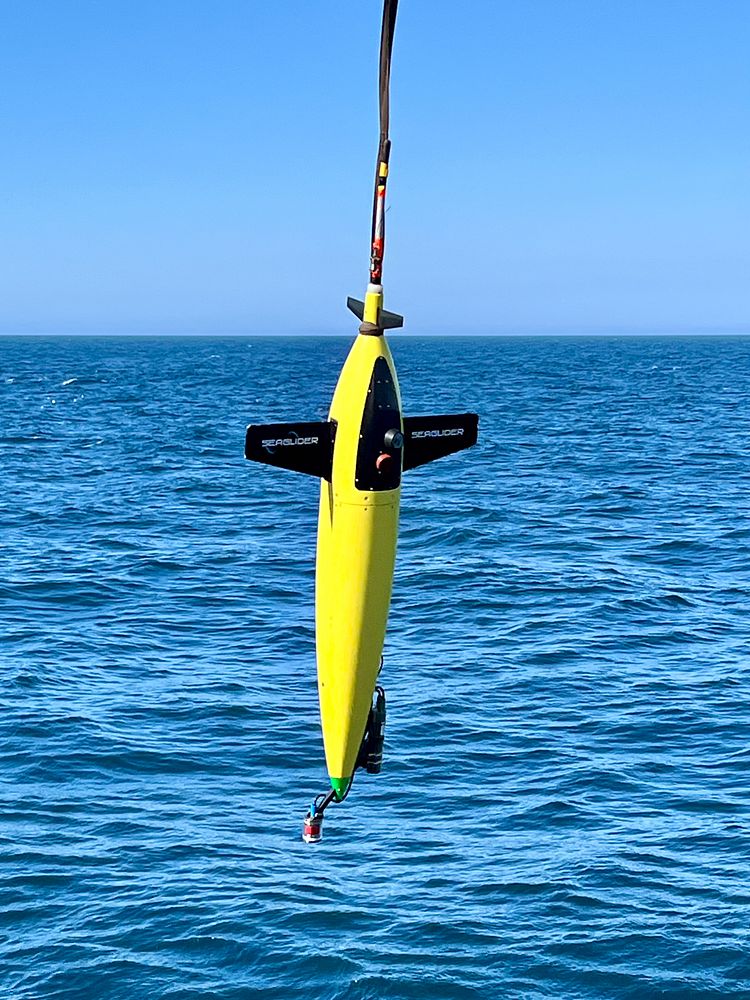
The Seaglider M1 equipped with the scientific echosounder and optical sensor UVP6, and its deployment in the Norwegian Sea in May 2024 (Photos: Pierre Priou/Akvaplan-niva)
These Bioglider were deployed on several occasions in the Norwegian Sea and Barents Sea. For example, in May 2022, the bioglider completed 86 dives near the Barents Sea Polar Front, collecting a total of over 110,000 acoustic pings and 666,000 particles with the UVP6. Marine snow was the main particle type detected, and both zooplankton aggregations and fish schools were recorded with the echosounder.
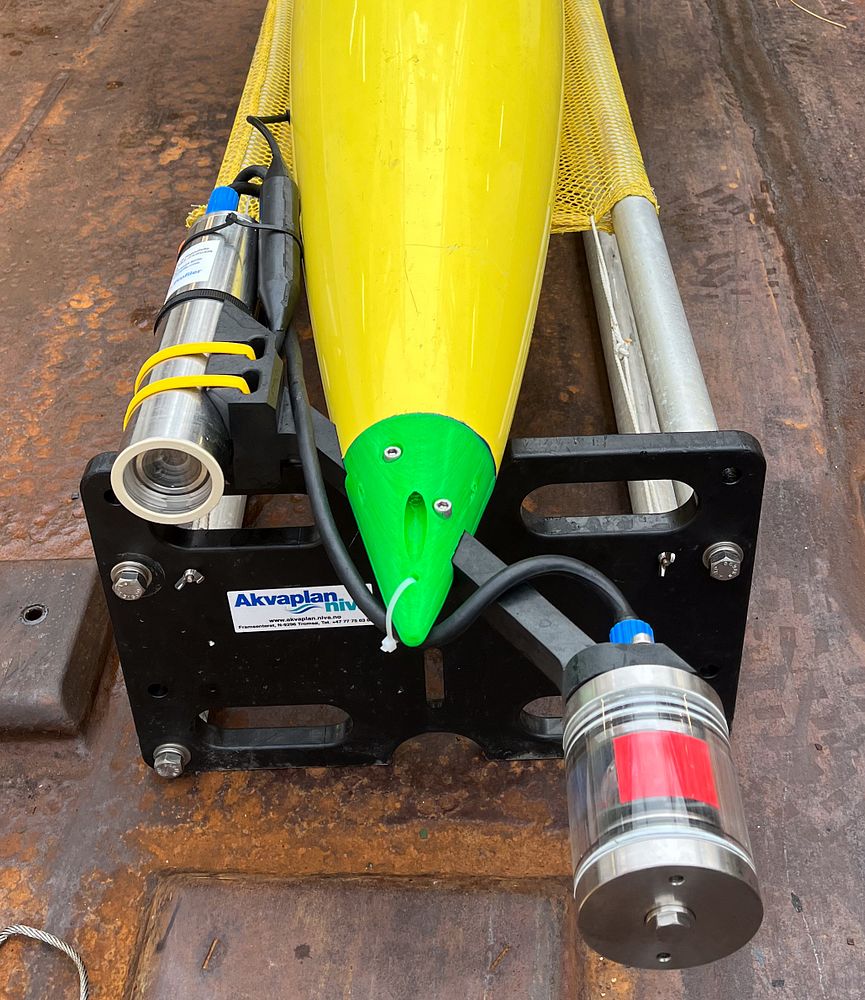
The optical sensor, UVP6, installed in the nose of the glider. It is composed of a camera (metal cylinder on the left) and a far-red light flash (metal cylinder on the right) taking photographs of zooplankton and particles.

Photographs taken by the UVP6 of (a) different types of marine snow, (b) copepods, (c) the caudal fin of a fish, and (d) a krill (Photos: Pierre Priou/Akvaplan-niva)
The low power consumption of the bioglider combined with the suite of biological and hydrological sensors allowed us to extend both the spatial and temporal resolution of observation of marine snow, zooplankton, and fish compared to a traditional ship-based surveys using nets. The Bioglider was well-suited to resolve the patchy distribution of zooplankton, their co-occurrence with marine snow, and to study their ecology and links to the environments.
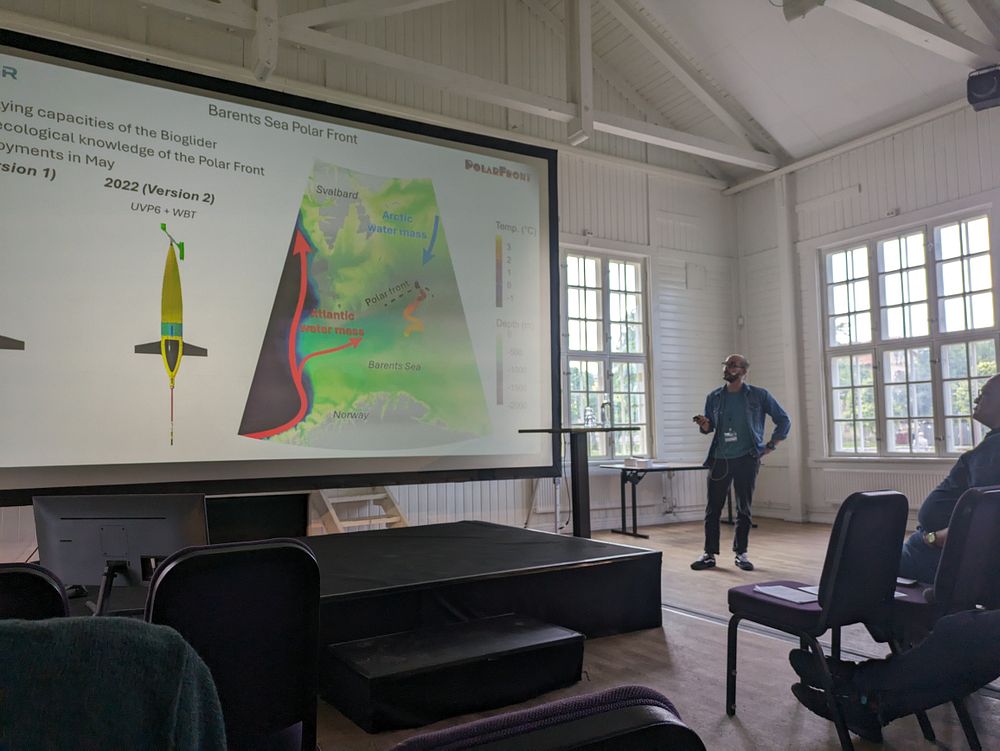
Pierre Priou presenting results from Bioglider at the IUGC conference (Photo: Ehsan Abdi/Akvaplan-niva)
Pierre Priou shared the recent developments and results from the BIOGLIDER project at the International Underwater Glider Conference held in Göteborg, Sweden, 10-14 June 2024.
The integration work of the sensors on the glider was financed by the BIOGLIDER project (EU Eranet co fund MATERA - https://bioglider.eu/).
Deployment was financed by three different projects: Polar Front, Migratory Crossroads, and Clin-BluFeed.
